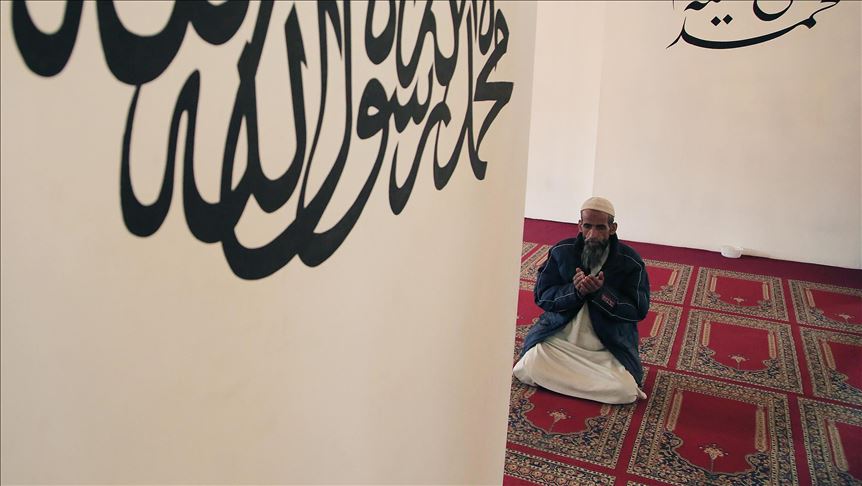
MUZAFFARABAD, Pakistan-administered Kashmir
Surrounded by lush green mountains, the city of Muzaffarabad, the capital of Pakistan-administered Kashmir, looks like a mini-Turkish metropolis Istanbul.
Dotted by pencil minarets and flat domes, the imprints of Turkish liberal aid that helped to rebuild the city, post-2005 devastated earthquake, is quite visible.

Off late, an Ottoman-style mosque has emerged, one of the startling features of the landscape of this tiny city, located at the confluence of the Jhelum and Neelam rivers and housing a population of 150,000.
Just 64 kilometers (40 miles) away from the Line of Control (LoC) that divides Jammu and Kashmir between India and Pakistan, the city was the epicenter of the 2005 earthquake, which had a magnitude of 7.6. The earthquake destroyed about 50% of the buildings in the city and killed around 80,000 people in the region.
Fourteen years later, the glory of the city has been restored. With clean roads and good infrastructure in the foothills of snow-capped mountains, it has now emerged as a major tourist destination.
All roads in the city lead to a central square, housing Osmania Masjid, built in front of the official residence of the prime minister of Pakistan-administered Kashmir, also known as Azad Jammu and Kashmir (AJK).
Other government buildings like president house and legislative assembly radiate from the Turkish style mosque.
Inaugurated in 2009 by Turkish President Recep Tayyip Erdogan (then prime minister), the three-story mosque can accommodate 2500 worshipers. Erdogan offered prayers in the mosque after unveiling a plaque.
"This is a unique gift from the Turkish government to people in the region," Mohammad Liaqat, a local resident told Anadolu Agency.
"Many people come with their families on weekends, to combine an outing with offering prayers. The mosque is packed on Fridays,” he said. Liaqat maintains that the mosque has added an important feature to the city, which was usually listless, except boasting a 16th century Muzaffarabad Fort.
When Pakistan sought help to rehabilitate earthquake victims and rebuild infrastructure, Turkey was the first to respond.
"The Turkish government has helped us a lot and President Erdogan, who was then prime minister, visited here twice," Tariq Mahmood Butt, a senior AJK government official told Anadolu Agency.
Ankara not only played a central role in relief, but it also built almost all the main buildings in the city.
The beautiful district government complex, which comprises 12 administrative blocks, 26 residential facilities, schools, colleges, a library complex, mosque, shopping center, conference hall and a sports center, has a visible Turkish mark in terms of architecture and planning.
"The color of all these buildings is red. It has a method behind it. We selected this national color of Turkey, to show our affection to Turkish people," said Butt, indicating Turkish flag’s colors red and white.
In 2009, Erdogan had also planted a sapling in the lawn of the Kashmir Institute of Management, which has now grown into a big tree.
"This tree reminds us of the help and love of Erdogan and Turkish people, who helped us in the most difficult times," said Shafiqurehman, another government official.
Anadolu Agency website contains only a portion of the news stories offered to subscribers in the AA News Broadcasting System (HAS), and in summarized form. Please contact us for subscription options.







